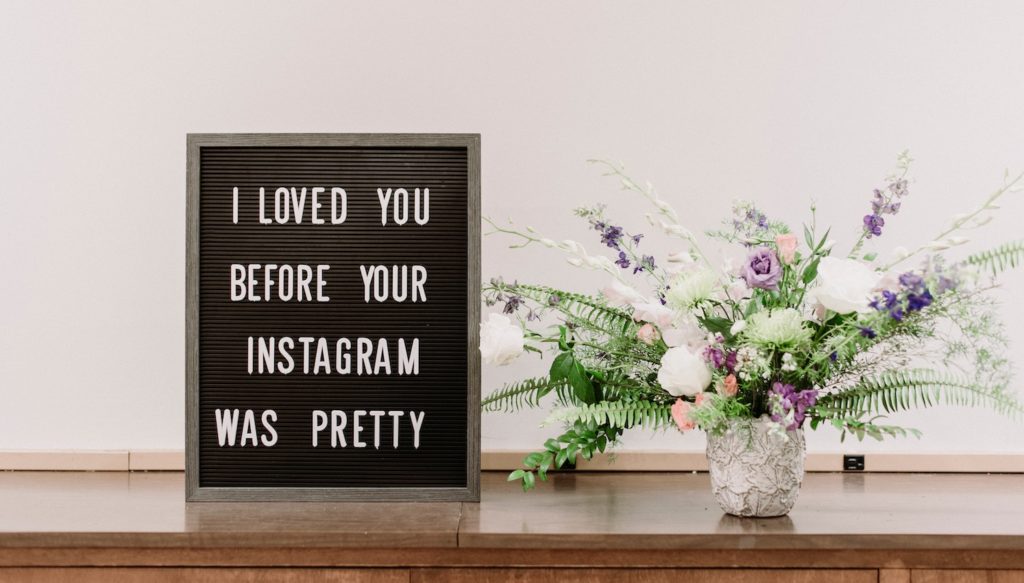Listening With Your Eyes
What’s not said is sometimes more powerful than what is said. Some experts even suggest that nonverbal communication represents nearly two thirds of all communications. That’s a lot of messages that are largely available to your eyes (not to mention your other 4 senses).
That’s why I prefer to meet with people in person or through videoconference whenever possible. I am more effective at listening when I can see the people I’m speaking with. Their nonverbal communications give me much more insight into what I’m hearing and I can read more deeply into what is being said — which often gives me a better sense of where it’s coming from. And when I can see how they are reacting to what I’m saying, I can tailor my communications in real time to connect with them on a deeper level.
Speaking of being face to face with other people in real time, studies show that during social interactions people’s movements tend to become coordinated, which enhances rapport and fosters cooperation. Research also suggests that this “nonverbal synchrony” makes people more likely to successfully pursue joint goals. Interesting, right?
Think about a recent conversation you’ve had with someone through emails or text messages where the outcome wasn’t what you wanted or expected. Then think about how that conversation would have been different if you could have heard the other person’s voice or seen his or her facial expressions and body language.
Considering the value of nonverbal communication going forward will help you determine when a face-to-face meeting is in your favor.
Photo by You X Ventures on Unsplash
Listening With Your Eyes Read More »







